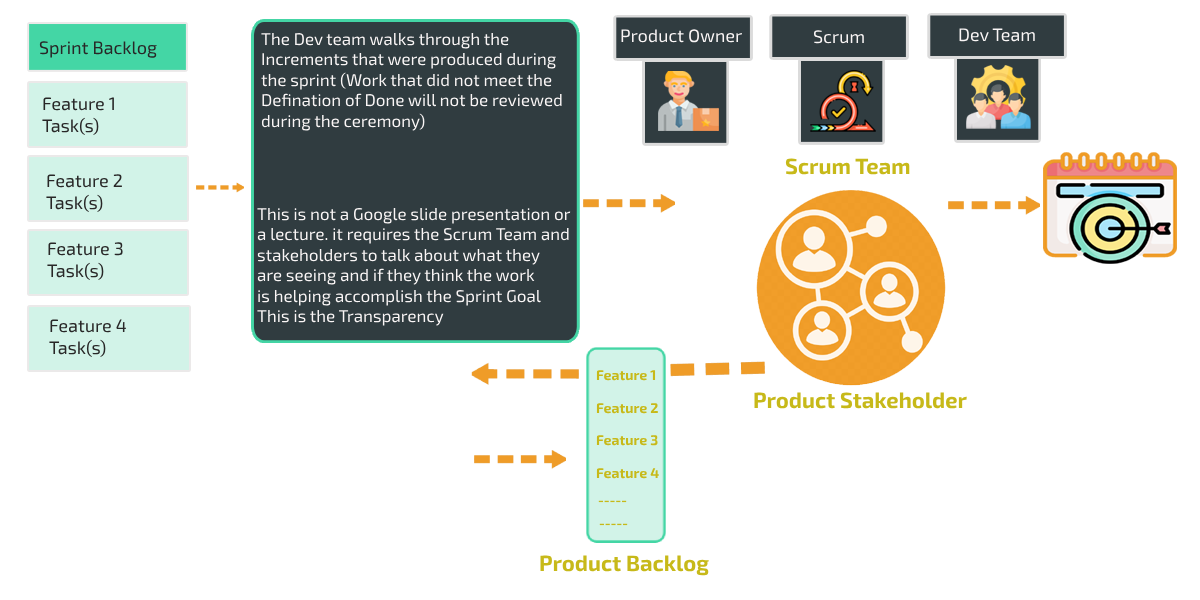
Implementation – Delivery Framework
Our Delivery Framework
Our expertise signifies a proficiency in Agile methodologies, specifically Scrum, where projects are divided into iterative time-bound cycles called sprints.
A sprint framework expert adeptly guides teams through sprint planning, backlog refinement, daily stand-ups, and sprint reviews, fostering rapid development, continuous improvement, and adaptability. Innovacx skill lies in orchestrating efficient sprint execution, facilitating collaboration, removing obstacles, and ensuring the team delivers valuable increments of work within each sprint, aligning with customer needs and promoting a culture of responsiveness and agility.
Sprint Planning
Sprint planning is a crucial phase —a short, time-boxed period during which we commit to delivering a set of user stories or tasks. In sprint planning, the team collaborates to determine which backlog items will be worked on and defines the specific tasks required to complete them. This process involves reviewing and estimating the complexity of user stories, discussing requirements with the product owner, and collectively agreeing on the scope of work to be accomplished in the sprint. By the end of sprint planning, the team will have a clear plan, a well-defined sprint goal, and a set of tasks that guide their work for the duration of the sprint.

Sprint Life
The Sprint is the ‘Container’ everything happens within the time-box of the container!
Sprints can span anywhere from 1 - 4 weeks (NO LONGER than one month) and will complete at the end of the timed interval
Sprints begin with the Planning Ceremony and end with the Review and Retro Ceremonies…in between these events, daily scrums are run and item backlog refinement (item backlog refinement is for stories NOT in the current sprint) takes place

Sprint Review
The sprint review occurs at the end of each sprint. It provides an opportunity for our internal development team to showcase the work they've completed during the sprint and gather feedback from customer and internal stakeholders, including the product owner and other relevant parties. The sprint review typically involves the following elements:
1. Demo of Completed Work: The development team demonstrates the features, user stories, or tasks that were completed during the sprint. This demonstration showcases the functional and tangible results of the team's efforts.
2. Stakeholder Participation: Product owners, business representatives, customers, and other stakeholders attend the sprint review to observe the demonstrated functionality and provide feedback.
3. Feedback and Discussion: Stakeholders offer feedback on the completed work, including the features' functionality, design, and overall alignment with the project's objectives. Discussions may center on clarifying requirements, addressing concerns, and making decisions about the product's direction
4. Prioritization and Adjustments: Feedback received during the sprint review may lead to adjustments in the product backlog or changes to upcoming priorities. This feedback loop helps ensure that the product evolves based on stakeholder input
5. Reflection on Goals: The team reflects on the sprint goal set during sprint planning and assesses whether the completed work aligns with the intended outcomes. This reflection informs the team's understanding of their progress and areas for improvement
6.Continuous Improvement: The sprint review is an opportunity for the development team to learn from both successes and challenges encountered during the sprint. Insights gained from the review contribute to the team's continuous improvement and adaptation in subsequent sprints
7. Transparency: The sprint review promotes transparency by showcasing the actual work completed and providing stakeholders with a clear understanding of the current state of the project

